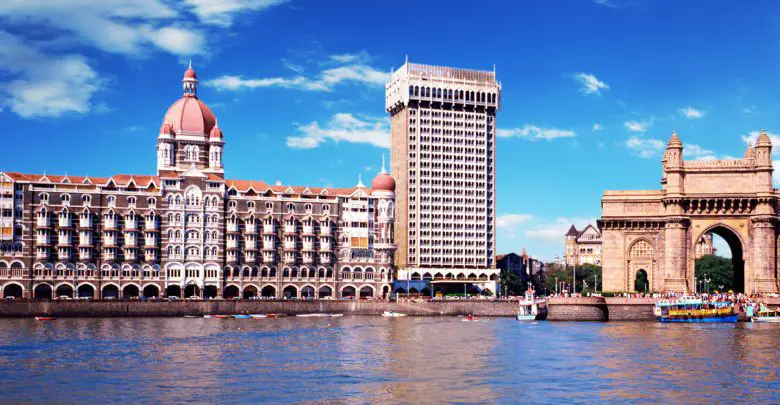
Mumbai, the city that never sleeps, the city which is home to people of all races and religions. People from all over India come to Mumbai, filled with hope. It is considered the place where all your dreams come true. But not many of them bother to know about the history of this millennial city.
How was Mumbai Formed?
Seven islands: Bombay Island, Parel, Mazagaon, Mahim, Colaba, Worli, Old Woman’s Island, came together to form the city that it is today.
In 1784, the Hornby Vellard project was initiated to join these islands. By 1838, the Mumbai as it is today was formed. The seven islands were known as Heptanesia, which is Greek for “a cluster of seven islands”.
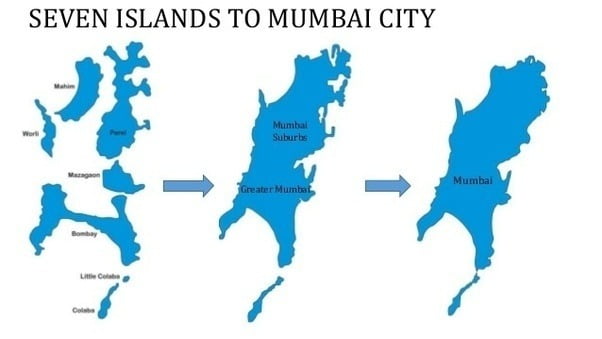
Since the Stone Age?
Evidence suggests that Mumbai was inhabited by humans since as early as the stone age period. Kolis, a Marathi fishing community were the first inhabitants of this island. They were Dravidians and they practiced the religion of animism under the reign of Emperor Ashoka.
Later, a number of empires gained and lost control over the city. Some of them were Mauryas, Satavahanas, Abhiras, Vakatakas, Silharas and many more. The Mauryas brought Hinduism and Buddhism. Finally, the Muslims of Gujarat handed over Mumbai to the Portuguese viceroy Nuno Da Cunha by the Treaty of Bassein in 1534.
By the end of 17th century, it was the Mughals turn to invade Mumbai.
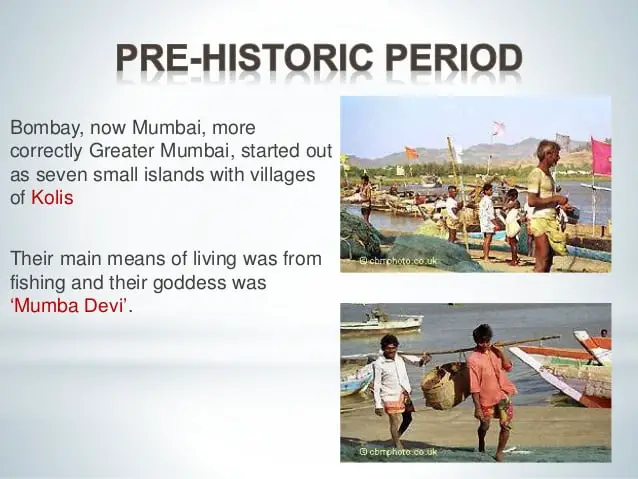

The name Bombay came from the Portuguese word Bomb Bahia, which means “good bay”. This happened when the Portuguese explorer, Francisco de Almeida’s ship sailed into the Mumbai harbor.
The Portuguese
The Portugal rule in Bombay lasted from 1534-1661. One of the oldest churches in Bombay, the St, Michael church, was built by the Portuguese. So was the St Andrew church in Bandra.
They were all for intercaste marriages and encouraged the locals to bond with the Portuguese. They even tried to convince the Koli, Kunbi, and Kumbhars residing in Mahim, Worli, and Bassein, to convert to Christianity.
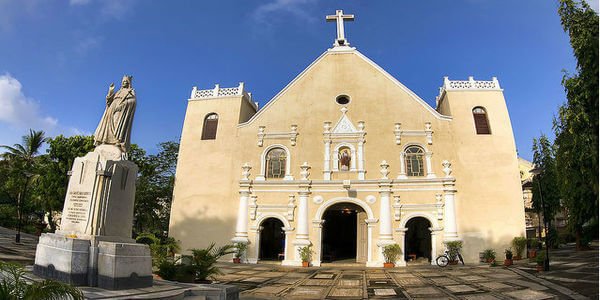
While the Portuguese were busy focusing on Mumbai, their country was taken over by Spain in 1580. This gave access to other European nations to Mumbai.
The first to arrive were the Dutch, followed by the British. Bombay was given as a dowry to the British when Catherine of Portugal married Charles II of England.
The British
Abraham Shipman was the first Governor of Bombay and he arrived with his fleet. But the Portuguese governor refused to give up Bombay, not allowing the British fleet to land over there.
After Shipman’s death his successor, Humphrey Cooke, took over Bombay but, Salsette, Mazgaon, Parel, Worli, Sion, Dharavi and Wadala still remained under the Portuguese.
Later, Cooke finally acquired Mahim, Sion, Dharavi, and Wadala. According to the Royal Charter of 27 March 1668, on 21 September 1668, Charles II gave away Bombay to the English East India Company for an annual rent of £10. Under their reign, warehouses and quays were constructed.
Due to the arrival of many Indian and British merchants, the trades increased. The British ruled over Bombay till 1947.
How Bombay became Mumbai?
In the year 1995 Shiv Sena, the Hindu party came into power. They wanted to strengthen the Maratha community. It was their belief that Bombay was an unwanted legacy of the British rule. They named it Mumbai after the goddess Mumbadevi. The original people of Mumbai, the Kolis used to worship her.
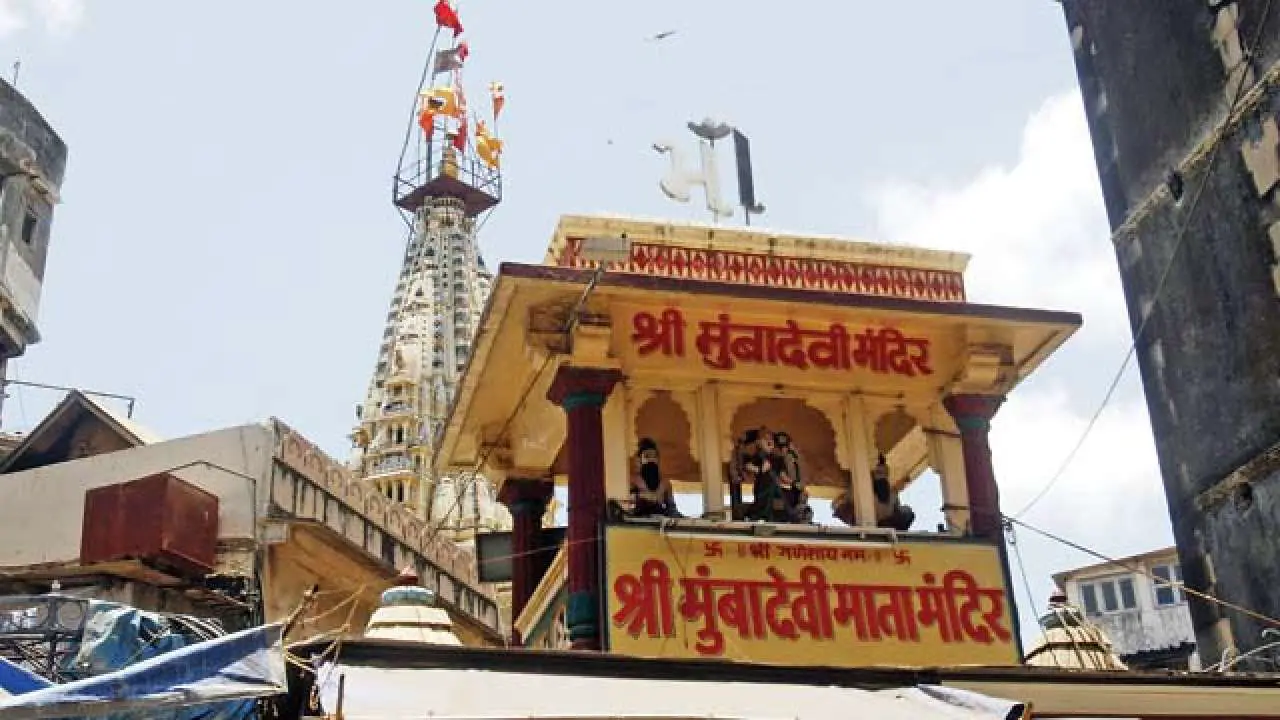
The national government was unhappy with this change as they believed it would lead to the loss of Bombay’s international identity.
In spite of that, the change did happen and all federal agencies, newspapers were made to adopt the change.
Mumbai, the city that was ruled by numerous leaders, experienced drastic changes, which not only helped it to prosper but also made it the business capital of India.
Every ruler helped to make the Mumbai as we know and love. It is true that once you stay in this city, you will never feel like living anywhere else.
Read also: This Person is credited for inventing Mumbai’s famous Vada pav



